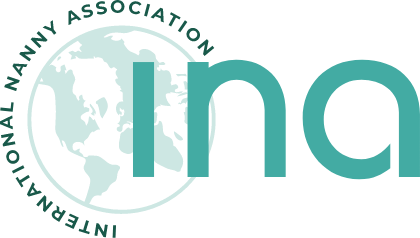INA member Louise Dunham, founder of the Australian nanny agency Placement Solutions, shares the actions her agency is taking to insure safe childcare.
 I have to admit to feeling quite proud on August 9, 2014 when we launched our new Child Protection Policy and accompanying booklet. We are, as far as I am aware, the first agency of our kind in Australia to document such a policy.
I have to admit to feeling quite proud on August 9, 2014 when we launched our new Child Protection Policy and accompanying booklet. We are, as far as I am aware, the first agency of our kind in Australia to document such a policy.
Our policy is certainly the first of its kind to be approved by Child Wise, one of Australia’s leading not-for-profit child sexual abuse prevention organizations. Over 40 people attended our launch and received policy training and child protection more broadly. However, this didn’t happen without a huge amount of work beforehand. We’ve been lucky to have a lawyer with experience in child protection working with us on the policy, and who is now working with the Australian Royal Commission into Institutional Responses to Child Sexual Abuse.
Why did we need to go through all this?
In our view, there is simply not enough child protection provided by the current laws and regulations covering in-home childcare. For instance, Victorian law does not mandate nannies to report child abuse or the indicators of it. In contrast to most of the USA, where all child caregivers are mandated to report child abuse, in Victoria this ‘privilege’ is given only to select groups.
Our belief is that adults – parents, caregivers or otherwise – have a moral and ethical responsibility to keep children safe and protect them from harm including of course, physical or emotional abuse. We endeavour to always consider and act in ‘the best interests of the child,’ as outlined in the United Nations Convention on the Rights of the Child, and it is this principle that has driven, and formed the basis of, our policy.
Of course a policy isn’t much use unless it can be put into practice, so with this in mind we are providing training to all our staff and nannies in its implementation. What this means, first and foremost when it comes to child abuse, is knowing what to look for.
Child abuse is statistically broken up into four areas: sexual abuse, emotional abuse (including bullying), physical abuse and neglect. While sexual and physical abuse tends to get most of the media attention, emotional abuse and neglect can be equally serious. It goes without saying that many instances of abuse involve more than one of these.
In our training we learned some challenging statistics, including that 94 per cent of all abusers are men. However, when a woman perpetrates abuse, the situation tends to be serious. The vast majority (95 per cent) of abusers are known to and trusted by the child. And, while it may seem obvious, it is worth reminding that abusers don’t look different to anybody else.
Our policy document is comprehensive, outlining everything from child abuse indicators to legislative and legal requirements on those reporting abuse, and what to do, and not do, in response to an allegation. We include a step-by-step guide to reporting, as well as a code of conduct. This policy will be central to our operation henceforth. If you would like to learn more about our actions and policy document, please reach out to me directly.
Next Up: Part 2 – Excerpt Child Protection Policy Document
Related:
National Child Protection Week (Australia)
National Child Abuse Prevention Month (U.S.)
